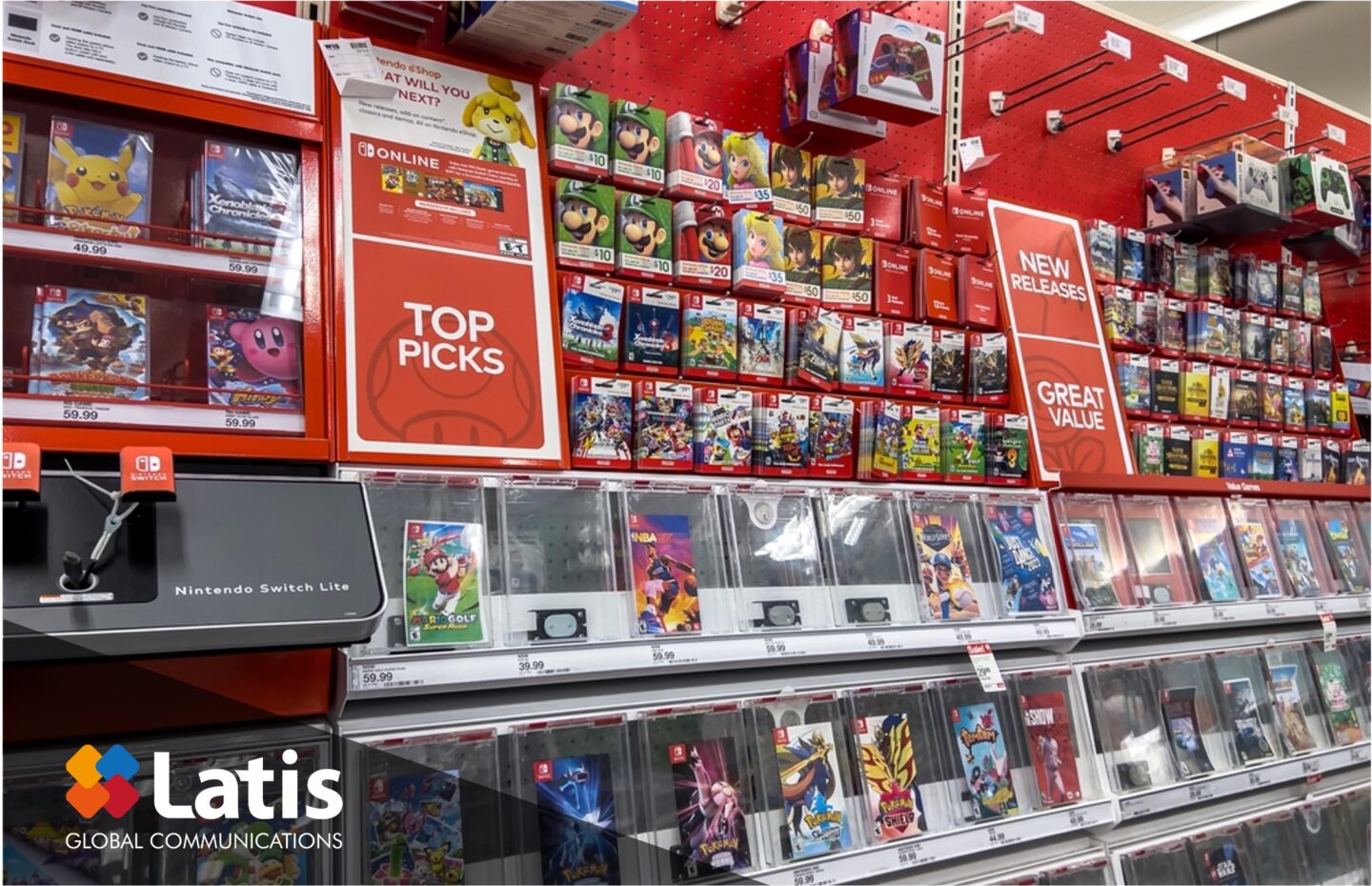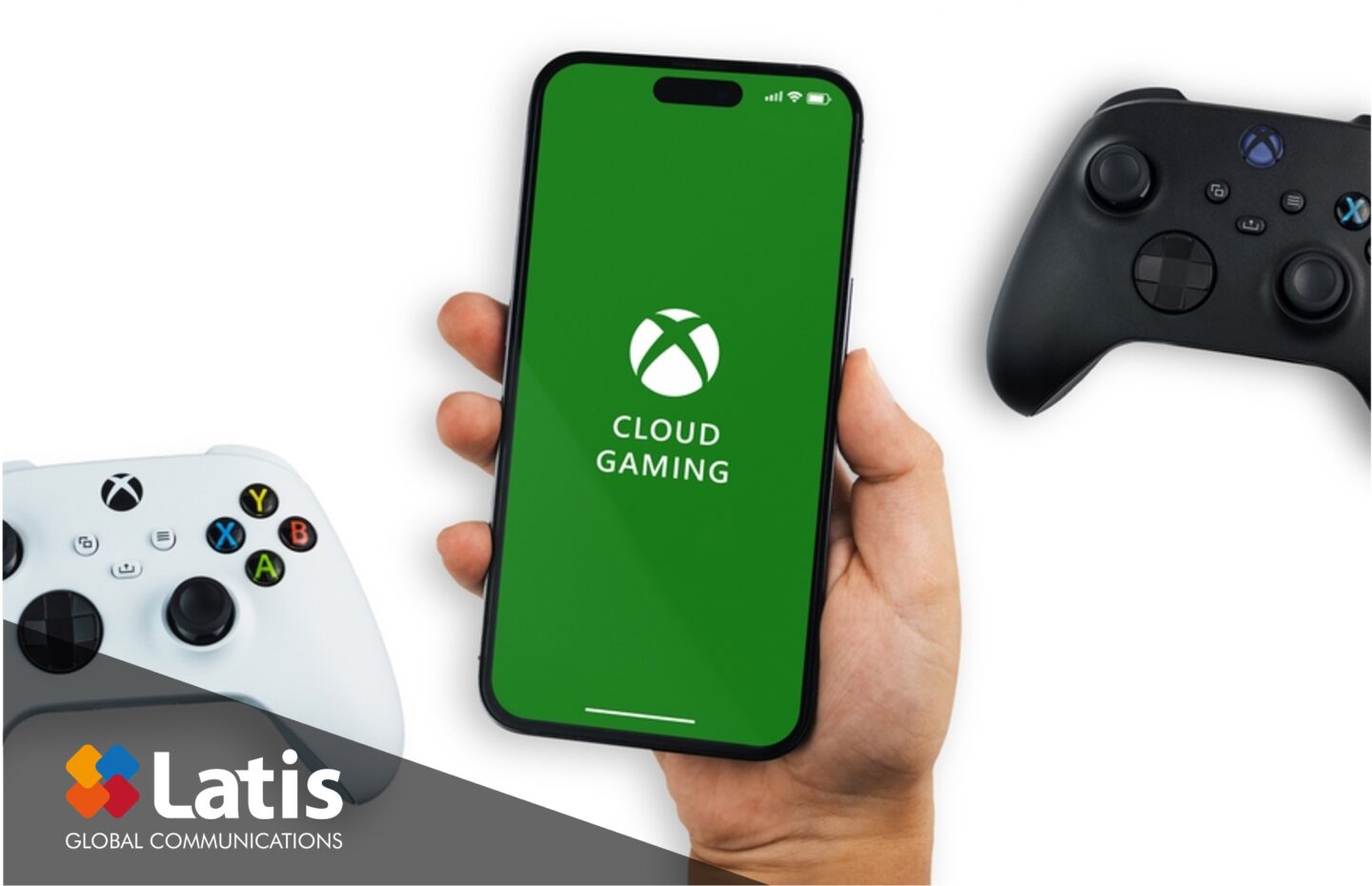
The gaming industry is a constant source of innovation, and many groundbreaking technologies are being adopted by the gaming industry. Games not only serve as a showcase for technology but also as one of the popular forms of modern entertainment. In 2024, we expect games to provide greater immersion, more realistic experiences, and above all, more fun as technology advances.
Today, we’ll take a quick look at how the global gaming market fared in 2023 and look ahead to the global game market trends in 2024 with some Keywords.

The State of the Global Game Market in 2023
Global Games Market research firm Newzoo (https://newzoo.com/) has revealed in their Global Games Market Report 2023 that the size of the global gaming market has increased by 0.6% compared to the previous year, reaching a total of $184 billion (approximately ₩240 trillion). The size of the mobile gaming market declined slightly, causing a slight slowdown, while the PC and console markets experienced growth. The contraction of the mobile gaming market is attributed to high inflation, economic headwinds, and pressure on consumer spending due to the pandemic. Google and Apple’s “Forced in-app purchases” policies also appear to be a major factor. This is because Game companies have encouraged payments through the PC platform to lower the burden of additional fees. In the PC and console markets, it seems that the release of AAA titles from big names like Nintendo, CD PROJEKT RED, and Blizzard has had a big impact. Of course, the size of the mobile game market ($90 billion) is still comparable to the PC ($38 billion) and console ($53 billion) markets combined, so it would be a stretch to characterize it as a shift in platform preference. Basically, the overall game market, not just mobile, has been experiencing somewhat sluggish growth for the past few years.

Global Gaming Market Outlook to 2024
It is difficult to accurately predict the size of the global game market in 2024. Newzoo estimatesthe market size to be around $205.7 billion in 2026. Considering that the global gaming market has fluctuated between $180billion and$190 billion over the past few years, which have been impacted by COVID-19, it seems likely that the 2024 gaming market will remain at a slightly higher level than this year ($190 billion) unless there is a significant rebound factor.
What about the most popular platform, mobile? According to data.ai (https://www.data.ai/), a mobile data analytics platform, consumer spending in the mobile gaming market is projected to decrease by 3% from last year, reaching only $107.5 billion in 2023. By 2024, it is expected to grow 4% to $111.4 billion (KRW 147.5 trillion), the highest level since the pandemic-era peak of $115.8 billion (KRW 153.3 trillion). We expect significant growth in consumer spending on games in the RPG, Match-3 Puzzle, Party, and Casino genres, with the RPG and Match genres projected to account for about 20% of total consumer spending. The leading consumer countries will continue to be the United States, followed by Japan and South Korea. These three countries are predicted to account for 65% of total consumer spending.

We will look at some Keywords and notable Game market trends.
Cloud Gaming
Cloud gaming is also known as Game On Demand (GOD) or game streaming. This is an online gaming service that runs games on remote servers and streams them to the users’ devices. Nvidia’s GeForce Now and Microsoft’s Xbox Cloud Gaming, as well as Sony and Amazon, are leading the way in gaming cloud services. Netflix is looking to enter the competition. According to a report by SDKI(https://www.sdki.jp/reports/global-cloud-gaming-market/107134), the cloud gaming market is expected to grow to an estimated $494.8 billion by 2036. From 2024 to 2036, the compound annual growth rate (CAGR) is 43.5%. While cloud gaming may not dominate the entire game market in 2024, there’s no doubt that it will claim a larger share of the pie.

The growth factors of the cloud gaming market can be broadly categorized into two main aspects. Perhaps the most decisive factor is the evolution of network infrastructure, such as 5G. This is because fast internet speeds are more important than in any previous form of gaming. No user would want to stream a game, no matter how fun it is, if there are delays or interruptions in gameplay. The other major factor is accessibility. Traditionally, it’s been taken for granted to upgrade the specs of PCs and consoles when the latest games are released. If you’re a hardcore gamer, you naturally assume that regular upgrades and significant upgrade costs are a given. However, this is often not the case for many users. Cloud gaming offers amazing accessibility that allows you to play high-quality games on your existing devices (smartphones, tablets, PCs, etc.) without the need to continuously purchase expensive hardware.

But cloud gaming doesn’t only have advantages. Latency issues still appear to require more time for complete improvement, and users must bear significant data usage while streaming. Unless you can use Wi-Fi or have unlimited data, this means you can’t play the game casually.
There’s still a long road ahead, but cloud gaming services are benefiting greatly from technological advancements, just like VR. It’s clear that they are poised to become the future of gaming.

